An insider’s guide on how heritage, artistry, and authentic experiences redefine the essence of luxury travel in India
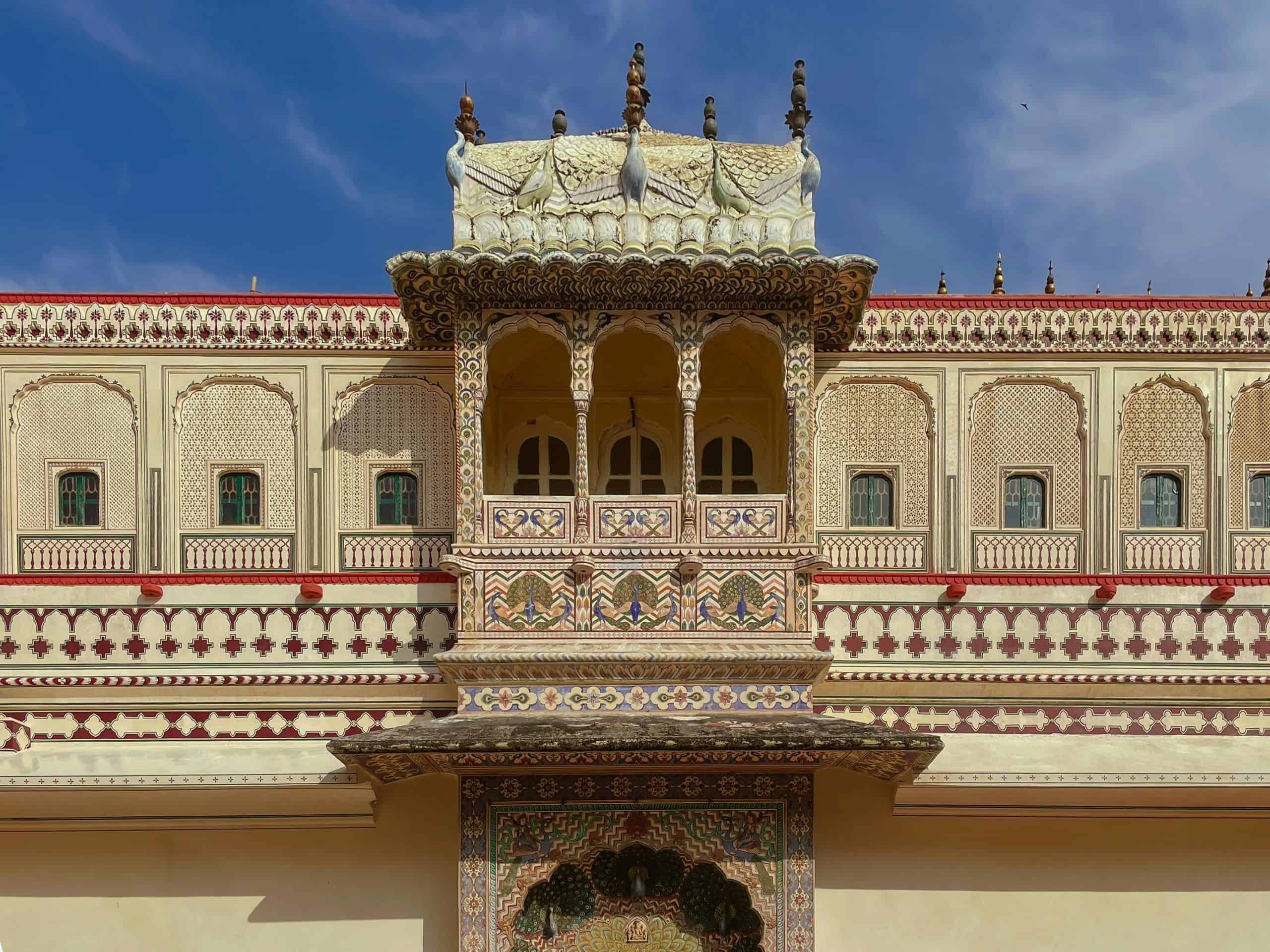
India’s cultural landscape stretches far beyond its vibrant festival calendar. For the discerning traveller seeking authentic connections and transformative experiences, the country’s living heritage of craft, cuisine, and artistic traditions becomes an intimate portal into regional soul and identity. Today’s luxury traveller is quietly redefining cultural exploration, moving away from crowded celebrations toward personalised, immersive encounters with master artisans, heritage spaces, and time-honoured traditions that continue to shape contemporary India.
This shift toward experiential travel is far more than a passing trend. It reflects a deeper desire to engage meaningfully with local communities while maintaining the comfort, privacy, and exclusivity that define modern luxury hospitality. From the desert kingdoms of Rajasthan to the artistic enclaves of Bengal and the wellness-infused traditions of Kerala, India’s craft corridors invite you to step into the creative process rather than merely watch it from the sidelines.
Rajasthan: The Living Heritage of Craft
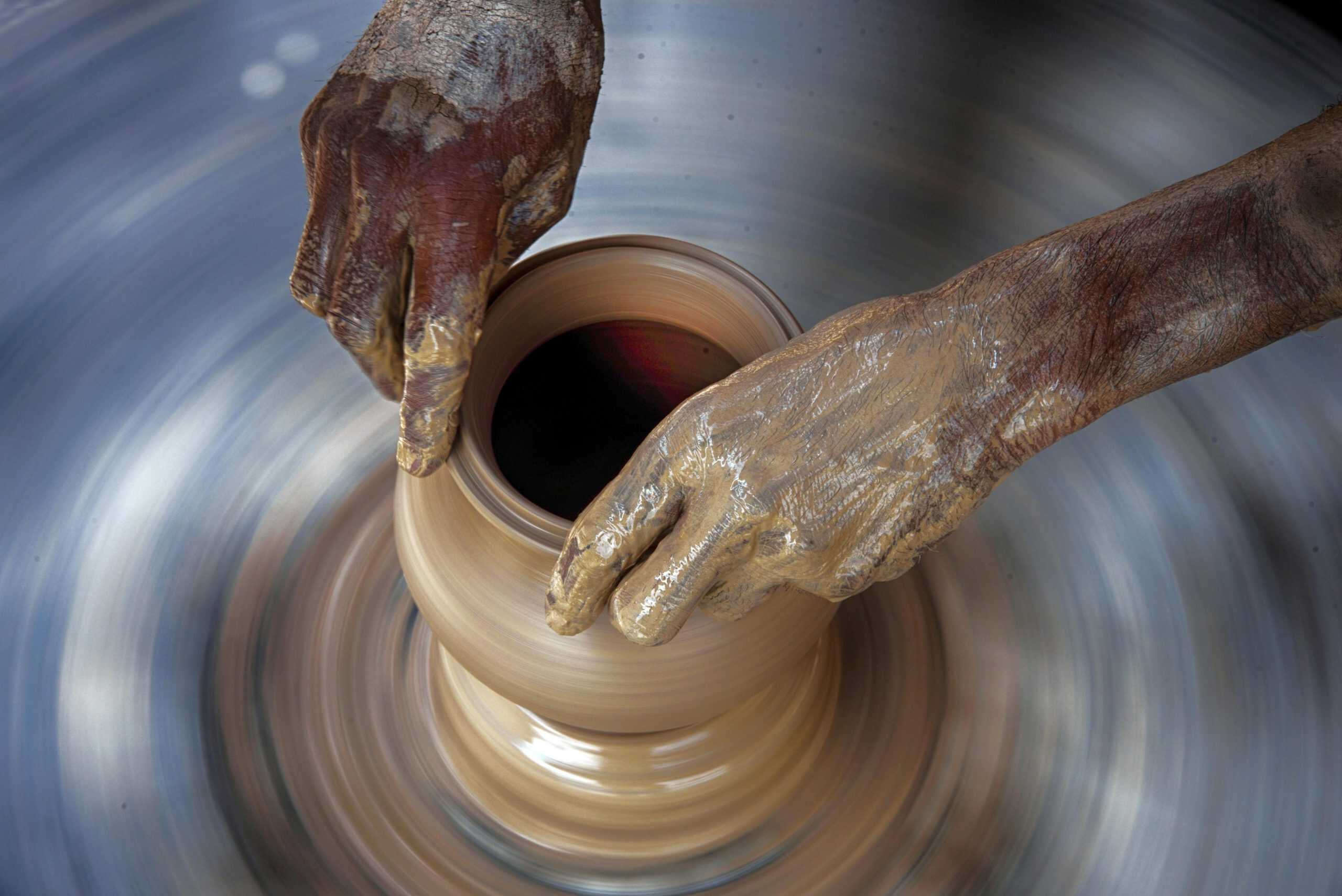
Rajasthan stands as India’s undisputed craft capital, where centuries-old artistic traditions thrive in both bustling workshop lanes and quiet artisan villages. Royal patronage once created an ecosystem in which craftsmanship became synonymous with cultural identity; today, luxury travellers can access these living traditions through intimate, hands-on experiences that feel curated rather than choreographed.
Private Tours of Artisan Workshops
In Jaipur’s historic neighbourhoods of Bagru and Sanganer, block-printing workshops open up intimate glimpses into one of India’s most celebrated textile arts. At studios such as Creatis and Studio Bagru, master artisans guide visitors through the entire process, from carving intricate designs onto wooden blocks to stamping vibrant patterns onto fabric using natural, water-based pigments. These are not staged demonstrations, but working studios where generational craftspeople share their techniques with quiet pride, allowing guests to print their own textiles under expert guidance.
The experience quickly moves beyond pure technique into philosophy. As artisans explain the rhythmic stamping process and demonstrate delicate colour layering, travellers gain a deeper appreciation for the mindful creation at the heart of slow craftsmanship, where process matters as much as product. Workshops typically last two to four hours and culminate in guests creating their own hand-printed scarves or tote bags, tangible reminders of artistic connection and shared time in the studio.
Blue pottery, another Rajasthani treasure, offers equally captivating encounters in Jaipur and Udaipur. Unlike traditional clay pottery, this craft uses a distinctive mixture of quartz powder, fuller’s earth, borax, and gum. At workshops such as Neerja International and in sessions with award-winning artist Gopal Saini, visitors mould the clay-like mixture, paint it with natural colours using fine squirrel-hair brushes, and watch as firing transforms pigments into the luminous turquoise and indigo hues that define this art. The hands-on experience connects travellers to Rajasthan’s Persian-influenced artistic legacy while supporting artisans who have dedicated decades to perfecting their craft.
Textile Trails: Behind-the-Scenes Access
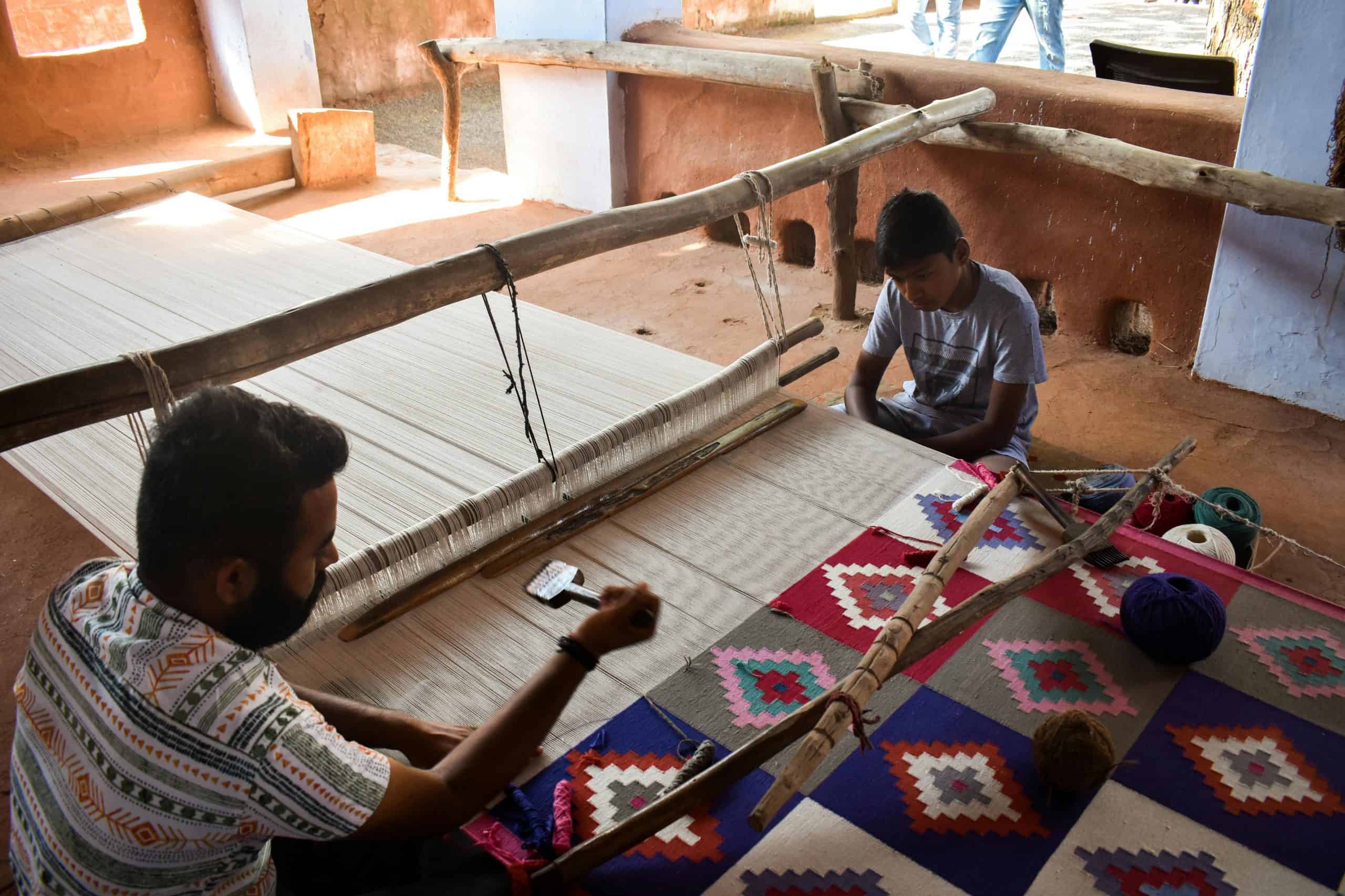
Rajasthan’s textile story runs deep into its villages, where weaving communities in Jodhpur and Bikaner preserve techniques passed down through generations. In Jodhpur, the Rangrez community upholds leheriya, a tie-dye technique that produces wave-like patterns echoing desert winds rippling across sand dunes. Family-run operations welcome visitors into home-based setups where women tie and dye fabrics in vibrant colours, contributing both to household income and cultural preservation.
Bikaner’s pattu weaving tradition reveals another facet of Rajasthani textile artistry. Here, wool is woven into narrow strips that are stitched together to form shawls featuring bold geometric patterns, achieved through extra-weft techniques that create the appearance of embroidery. Organisations such as Rangsutra collaborate with artisans in Barmer and Bikaner, reinterpreting traditional pattu weaving for contemporary markets while preserving time-honoured methods. Luxury travellers can arrange private visits to these weaving clusters, observing the full journey from yarn preparation to final product, while engaging directly with craftspeople whose lives are intertwined with the loom.
Royal Ateliers and Custom Creations
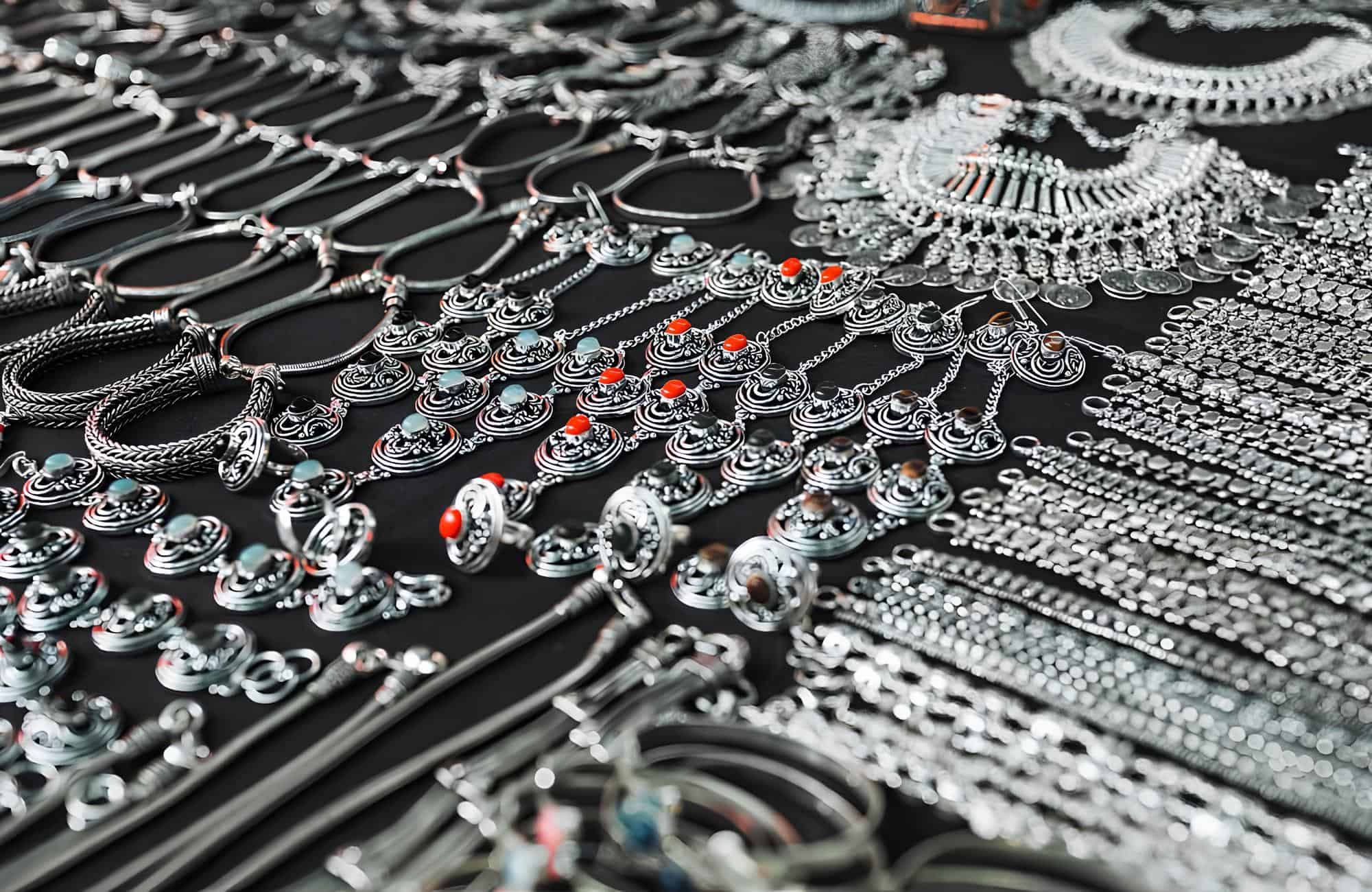
For those seeking truly bespoke experiences, Rajasthan’s silversmiths and jewellery artisans offer opportunities to design and create custom pieces under expert guidance. In Udaipur, traditional silversmiths at ateliers such as Santosh Handicrafts demonstrate inlaid silver work and meticulous metal smithing, skills passed down with remarkable precision through generations. Private workshops in Meenakari (enamelling on silver) allow participants to learn from National Merit Award recipients whose families have practised this art for over 450 years. Over three to four hours, visitors create their own silver pendants, working alongside master craftsmen who offer personalised attention while sharing stories of family legacy and royal commissions.
These royal ateliers elevate luxury shopping into cultural immersion. Understanding the artisan’s journey and the symbolism behind design motifs deepens appreciation for the finished piece. Many heritage havelis in Jaipur’s old city, including addresses such as Amoli Haveli and Dera Mandawa, act as refined bridges between guests and local designers, facilitating meetings, studio visits, and trunk-show-like experiences that feel as personal as they are authentic.
Bengal: Art, Literature, and Rural Revival
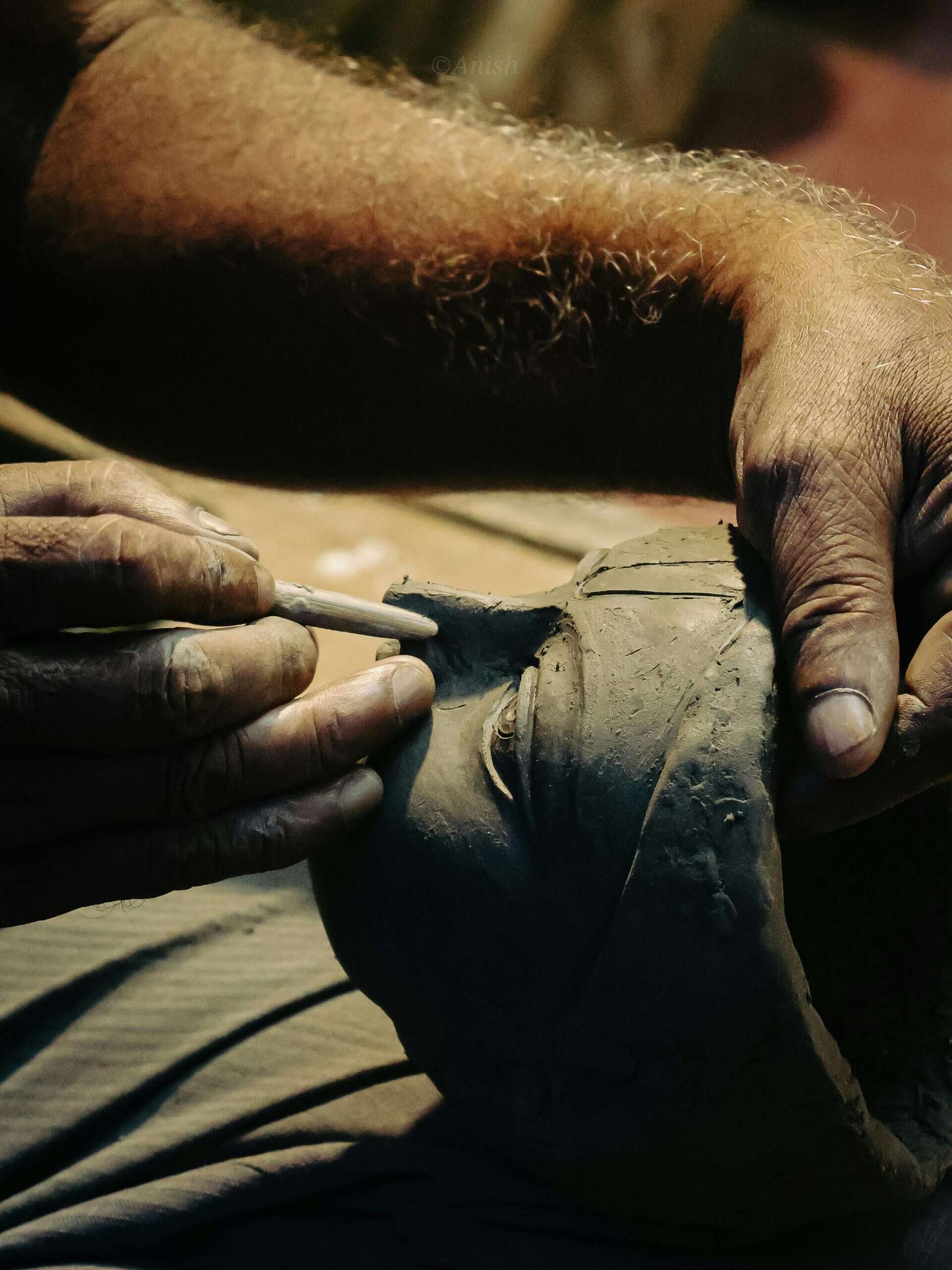
Bengal’s artistic traditions blend intellectual refinement with folk vitality, creating a cultural landscape as nuanced as its famed literary heritage. From Kolkata’s cosmopolitan art scene to Bishnupur’s terracotta temples and weaving communities, the region offers luxury travellers privileged access to both contemporary innovation and ancient craft practices.
Immersive Workshops in Traditional Arts
Bishnupur, located in West Bengal’s Bankura district, serves as the epicentre for two of Bengal’s most celebrated crafts: terracotta art and Baluchari saree weaving. The town’s terracotta tradition dates back centuries, when temple facades were adorned with intricate mythological narratives moulded in baked clay. Today, artisans continue to create everything from decorative horses and elephants to sleek, modern sculptural pieces that slip effortlessly into contemporary homes.
Visitors to Bishnupur can arrange hands-on workshops at local studios in villages such as Lokepith and Panchmura. Here, master craftspeople demonstrate the full process, from collecting and refining clay to shaping forms and firing pieces in kilns at temperatures exceeding 1,000°C. The region’s alluvial soil, rich in silica and alumina, naturally lends strength to the ceramics when properly fired, resulting in terracotta that is virtually impervious to water. These workshops offer more than technical instruction; they reveal how generational knowledge, seasonal rhythms, and material understanding come together in each finished piece.
Baluchari saree weaving represents another dimension of Bishnupur’s artistic legacy. This 200-year-old tradition produces silk sarees featuring elaborate brocade work that depicts mythological stories, royal court scenes, and temple art. The weaving process is extraordinarily time-intensive, taking up to a week for a single saree depending on design complexity. Artisans use the traditional Jala loom technique, where the pallu (end piece) bears the most elaborate brocade work, with raised, coloured patterns emerging thread by thread. Private visits to weaving families allow luxury travellers to observe the meticulous craft at close quarters while learning about sericulture, natural dyeing practices, and the revival of this art form after near-extinction in the mid-20th century.
Tailored Heritage Walks in Kolkata
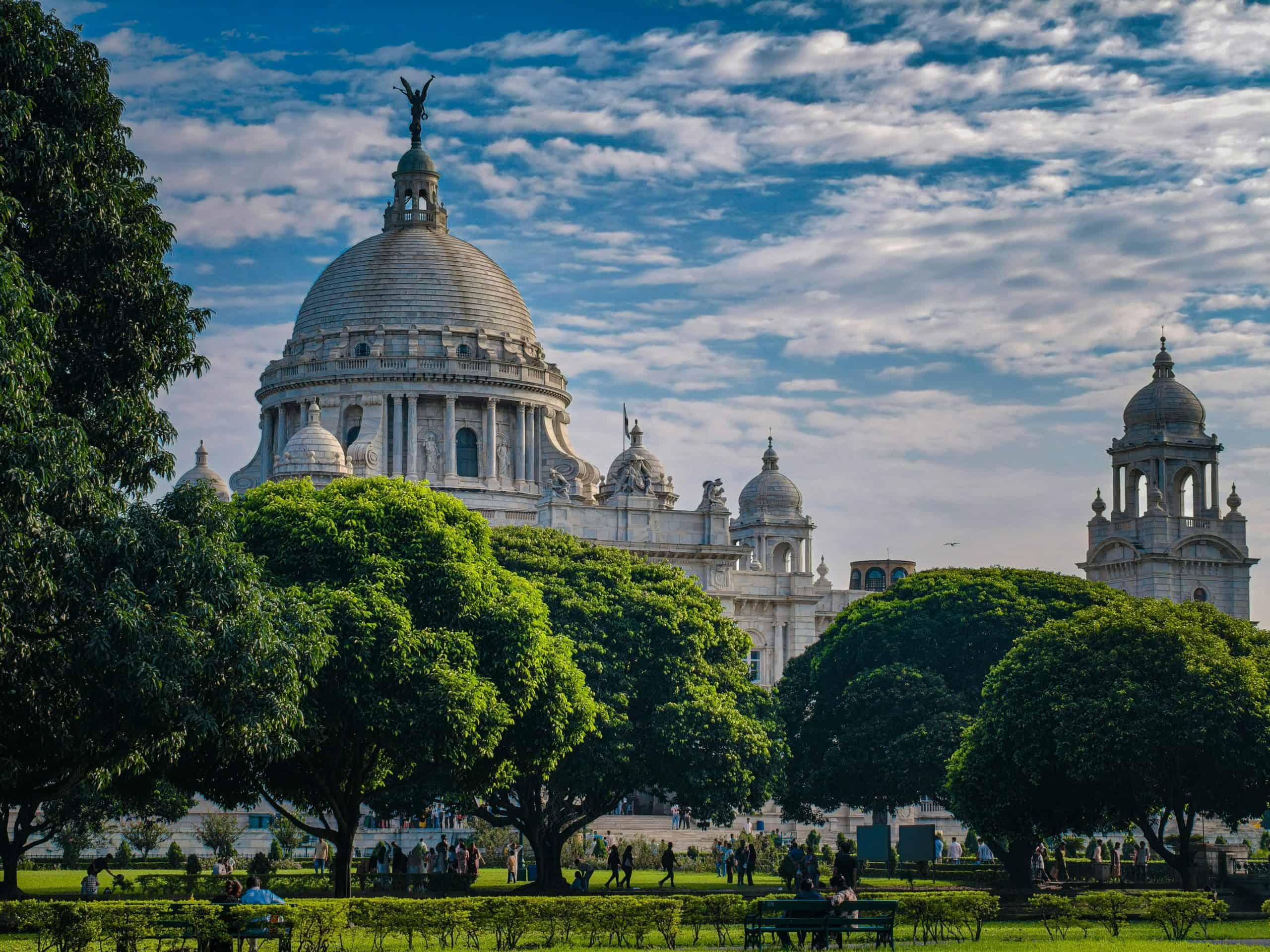
Kolkata, the former capital of British India, offers a layered urban experience where colonial architecture, Bengali culture, and contemporary art live side by side. Heritage walks through Dalhousie Square (B.B.D. Bagh) reveal more than fifty Raj-era landmarks including the Town Hall, Writers’ Building, and St Andrew’s Church, grand structures that narrate the evolution of power, governance, and trade. Expert guides anchor these buildings within larger narratives of resistance, commerce, and cultural exchange, while weaving in stops at street food vendors whose offerings showcase Bengali culinary traditions in their most accessible form.
The walks often extend beyond colonial quarters to traditional neighbourhoods such as Kumartuli, the potters’ village where artisans sculpt clay idols for religious ceremonies, and to North Kolkata’s literary haunts associated with the Bengal Renaissance. Carefully curated experiences blend architectural appreciation with cultural storytelling and may include visits to private homes and ateliers not typically accessible to tourists. The result is a Kolkata that feels lived-in and layered, rather than a mere checklist of monuments.
Bengali haute cuisine deserves spotlight status on any cultural itinerary. Many heritage walks incorporate food stops that showcase everything from street-side phuchka (crisp shells filled with tangy tamarind water) to refined dishes featuring river fish, seasonal vegetables, and desserts such as sandesh and rosogolla. These culinary encounters reveal how Mughal influences, temple traditions, and coastal abundance have converged to create a cuisine known for its technical refinement, delicate spicing, and deep emotional resonance in Bengali life.
Studio Visits with Contemporary Artists
Kolkata’s vibrant contemporary art scene offers collectors and enthusiasts opportunities to engage directly with artists whose work seamlessly bridges traditional Bengali aesthetics and modern expression. Galleries such as Gallery Kolkata, CIMA Gallery, and the Artsacre Museum of Bengal Modern Art facilitate studio visits where guests can meet painters, sculptors, photographers, and mixed-media artists in their creative spaces rather than in the white cube environment of a gallery.
These encounters provide insight into how contemporary Bengali artists reinterpret folk forms, experiment with abstraction and non-representational work, and address current social themes through their practice. The Bengal School tradition, which emerged in the early 20th century as a nationalist artistic movement, continues to echo through contemporary art, creating compelling dialogues between historical styles and modern sensibilities. Private collection visits, often arranged through art fairs or gallery networks, further deepen this narrative, offering rare glimpses into how discerning patrons assemble and live with art that spans traditional, modern, and cutting-edge Indian work.
Kerala: Soulful Design and Holistic Traditions
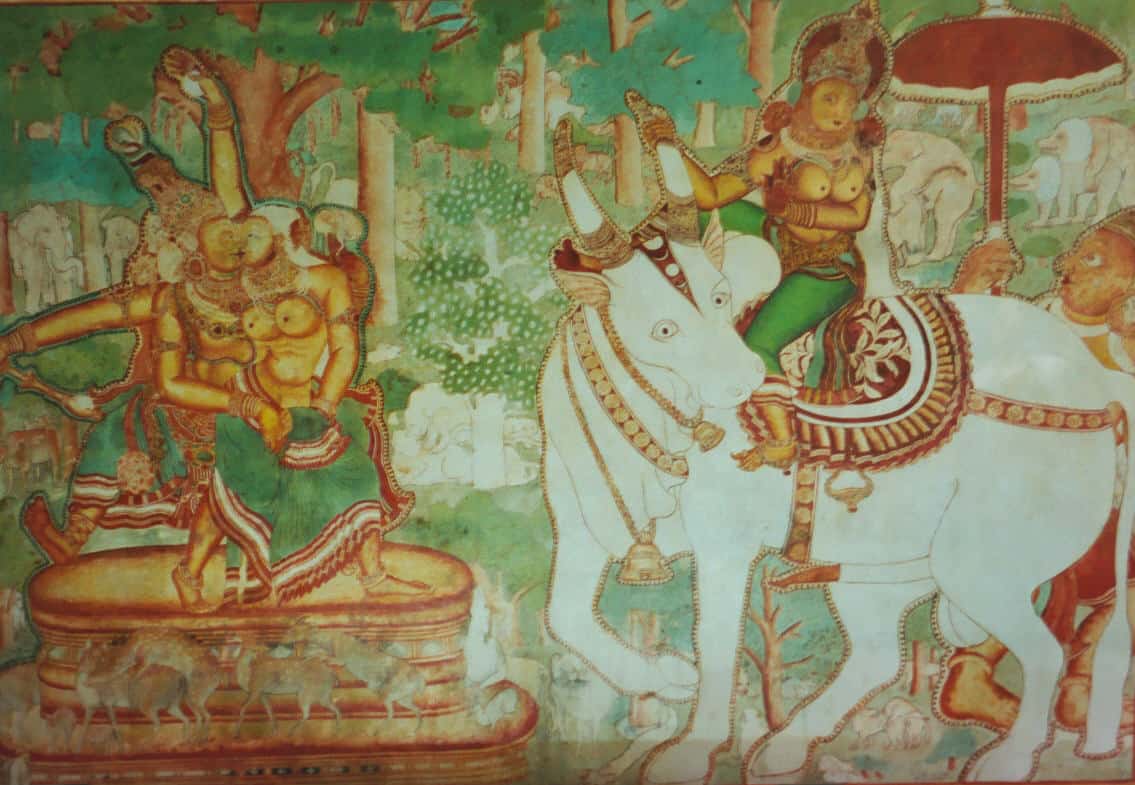
Kerala’s artistic heritage is entwined with its spiritual and healing traditions, creating a cultural landscape where craft, wellness, and design philosophy naturally merge. Between temple artistry, theatrical traditions, and the soothing backwaters of Kerala, travellers discover luxury experiences that restore body and spirit.
Guided Visits to Mural Artists and Costume Makers
Kerala mural painting, dating back to the 8th century CE, adorns temple and palace walls with vivid depictions of mythology rendered in bold outlines and saturated colour. Master muralist P.K. Sadanandan, recognised internationally for reviving and restoring this art form, leads workshops that delve into the philosophy, discipline, and layered techniques underpinning the tradition. Participants learn to prepare natural pigments, hand-make brushes, and understand principles of composition and iconography, gaining a comprehensive view of every stage in mural creation.
Thrissur, often called Kerala’s cultural capital, is a key hub for both mural painting instruction and Kathakali performance arts. The transformation of Kathakali dancers is in itself an elaborate ritual, involving make-up and costume processes that can take four to five hours. Highly specialised craftspeople, including Chuttikkaran and Pettikkaran, are responsible for this transformation. The costume-making tradition, preserved in villages such as Vellinezhi in Palakkad district, is now recognised as a distinct craft lineage.
Visitors can arrange private demonstrations to observe how artisans create the voluminous skirts, intricate headgear, and layered ornaments, including bangles carved from soft medicinal wood and the distinctive chutti (face frame) applied using a paste of rice and lime. These experiences reveal how materials ranging from areca palm spathe to plant roots and mineral pigments work together in the service of theatre. Learning about the sixty-four knots required to secure costumes correctly and the steel nail extensions worn on fingers to amplify mudras adds an entirely new dimension to watching a Kathakali performance later in the evening.
Private Spice Estate Tours

Kerala’s spice heritage forms the bedrock of its historical trading importance and contemporary culinary identity. Luxury houseboat experiences on the backwaters often incorporate visits to spice plantations in regions such as Alleppey, Periyar, and Kumarakom. Private estate tours guide guests through aromatic landscapes where cardamom, pepper, cinnamon, nutmeg, and vanilla flourish. Planters explain cultivation cycles, shade management, harvesting techniques, and the global journeys these spices undertook in the age of Portuguese, Dutch, and British traders.
Traditional coir craft demonstrations beautifully complement these spice experiences, showcasing another dimension of Kerala’s coastal cottage industry. In villages such as Muhamma near Alleppey, travellers can witness the seven-step coir-making process, starting with soaking coconut husks in saline backwaters for six to ten months, a process known as retting. The retted husks are then beaten to separate golden-yellow fibres, which are washed, dried, and spun into yarn. This eco-friendly craft supports tens of thousands of workers in the Alleppey region and produces everything from classic ropes and floor mats to contemporary planters and geotextiles used in sustainable landscaping.
Ayurvedic Wellness Homes with Artisan Design
Kerala’s Ayurvedic wellness retreats increasingly integrate local artisanal sensibilities into their architecture and interiors, creating environments in which healing and cultural appreciation unfold side by side. Properties such as Aanandakosha Ayurveda Retreat feature handcrafted teak woodwork produced by local carpenters, carefully curated art, and traditional Kerala design elements including sloping tiled roofs, courtyards, and open verandas that cultivate tranquillity and encourage natural ventilation. The 65-acre Kairali Ayurvedic Healing Village exemplifies this approach, combining authentic Ayurvedic treatments with farm-to-table cuisine drawn from organic gardens and spaces designed using principles of traditional Kerala architecture and vastu.
These wellness destinations offer far more than therapeutic treatments. Guests often take part in cooking classes focused on satvic cuisine, guided spice garden tours, and conversations with experienced Ayurvedic practitioners who explain the philosophy behind personalised therapies. The integration of local craftsmanship extends from structural materials to furniture, textiles, and tableware, allowing guests to experience regional artistry even in everyday rituals such as dining, meditation, and rest during their rejuvenation programmes.
Architectural and Art Walks: Urban Explorations Led by Experts
India’s heritage cities often reveal their most compelling stories through guided architectural walks that decode centuries of layering, artistic patronage, and community life preserved in stone, brick, and painted facades.
Curated City Walks

Jaipur’s old havelis, historic mansions once built by merchant families and nobles, showcase exquisite frescoes, carved wooden doorways, and proportioned courtyards that hosted elaborate gatherings. Heritage walks through neighbourhoods near Choti Chouper and Tripolia Bazar uncover these architectural gems, while simultaneously introducing visitors to active artisan quarters where gem cutters, block printers, and puppet makers still ply their trades. Expert guides frame these buildings within narratives of Rajput culture, royal patronage, and the merchant communities that financed Jaipur’s artistic flowering, making the city’s urban fabric feel like an open-air museum.
Kolkata’s heritage walks glide across multiple architectural periods, moving from colonial-era structures around Dalhousie Square to residential streets where the Bengal Renaissance gathered momentum. Guides trained in history and architecture decode façades, balconies, and courtyards to show how buildings reflect shifting power dynamics, aesthetic movements, and cultural synthesis. Many itineraries include visits to working ateliers where traditional arts such as mask making, clay modelling, or printmaking still thrive behind unassuming doors.
Fort Kochi’s heritage quarter presents yet another fascinating chapter in India’s architectural story, where Portuguese, Dutch, and British colonial influences blend with indigenous Kerala styles. Walking these atmospheric streets reveals grand mansions restored into boutique hotels, historic churches including St Francis (India’s oldest European church), and the iconic Chinese fishing nets silhouetted against the waterfront. The Jewish Synagogue, Dutch Cemetery, and spice markets in nearby Mattancherry add layers of Jewish, Arab, and European histories to this compact yet cosmopolitan neighbourhood.
Exclusive Access Experiences
Luxury travellers increasingly seek behind-the-scenes access to museums, heritage residences, and private art collections not typically open to the general public. After-hours museum visits allow unhurried exploration of galleries without crowds, while privately arranged tours of collector homes offer insight into how serious patrons build nuanced art portfolios that span miniature paintings, modern masters, and experimental contemporary works.
Heritage properties themselves often function as living museums. Palace hotels such as Rajmahal Palace RAAS in Jaipur, Brijrama Palace in Varanasi, and lovingly restored colonial mansions in Fort Kochi invite guests to inhabit historically significant spaces rather than simply view them. These properties curate exclusive experiences that may include private classical music recitals, intimate dining in centuries-old courtyards, storytelling sessions with family members or historians, and guided tours that highlight architectural quirks, restoration efforts, and anecdotes embedded in the walls.
Luxe Touches: Elevating Cultural Immersion
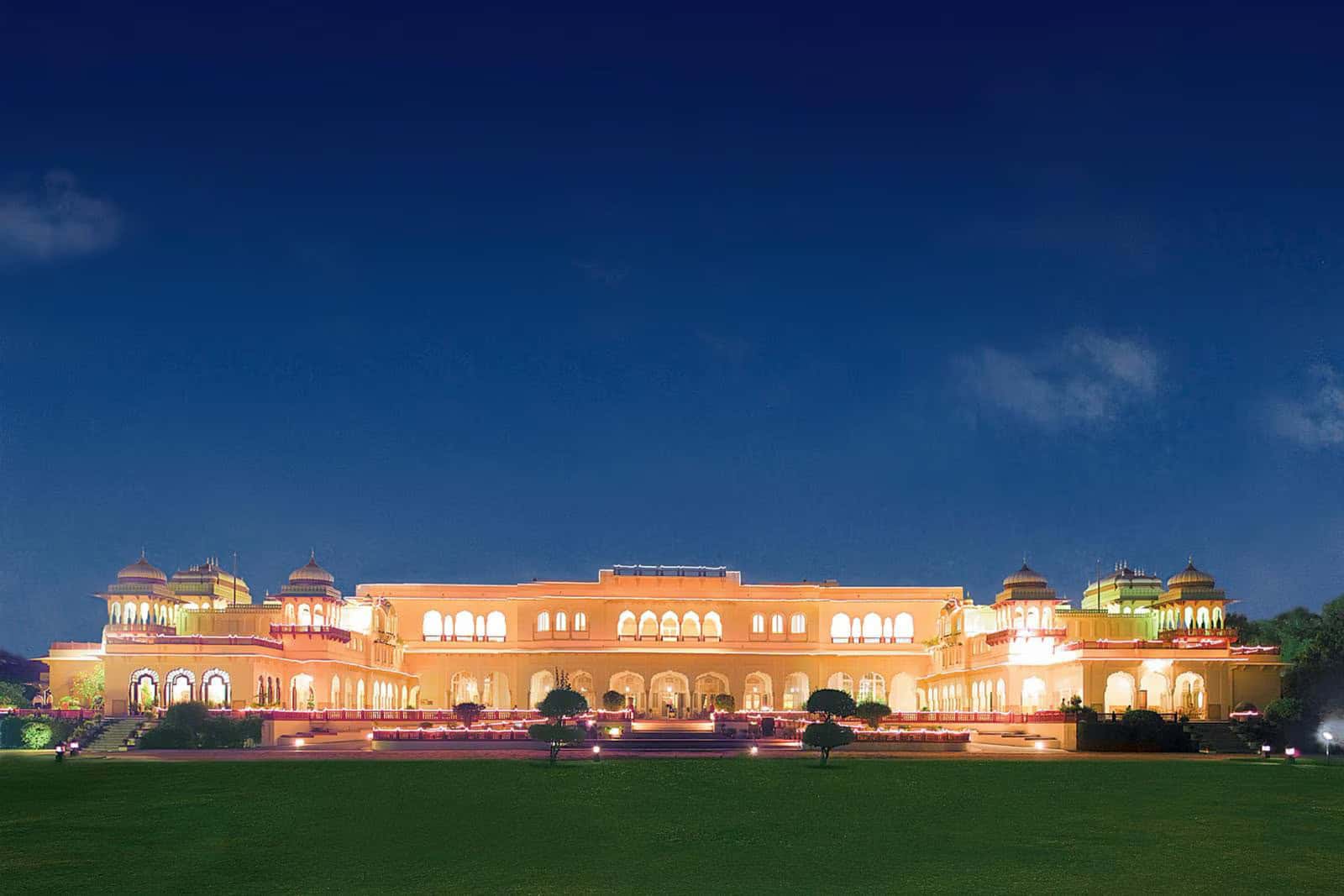
The infrastructure supporting experiential luxury travel in India has matured significantly, with boutique heritage hotels, palace stays, and riverside villas now offering bases that mirror the richness and nuance of the cultural experiences around them.
Accommodation options range from restored 18th-century havelis in Jaipur’s old city adorned with hand-painted murals and antique furnishings, to palace hotels such as Taj Rambagh Palace, with its 47 acres of Mughal gardens and suites once inhabited by maharajas. In Kerala, amã Stays & Trails presents luxury villas and bungalows showcasing regional décor, local stone, and artisan-made amenities, while Bengal’s heritage offerings include both colonial-era mansions and contemporary boutique hotels that celebrate local art, textiles, and literature in their design language.
Private guides, translators, and chauffeured vehicles ensure seamless navigation between experiences while maintaining the personalised attention that travellers expect out of luxury india tours. Many properties now offer dedicated concierge or curator services to coordinate artisan visits, secure exclusive access to private collections, and design itineraries shaped around specific interests, from textile traditions and temple architecture to contemporary art and classical music.
Insider Tips and the Native Lens
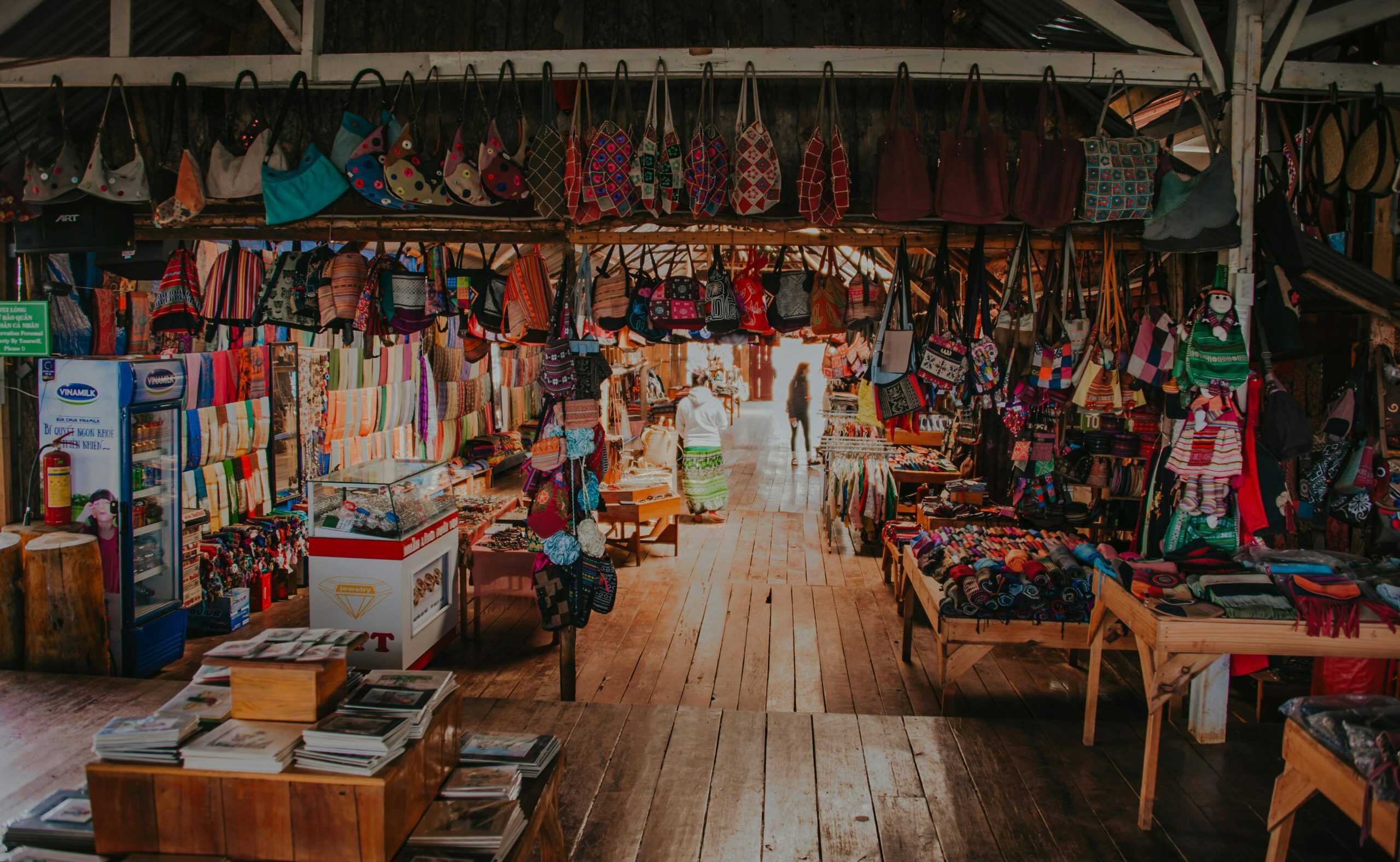
Authentic engagement with local communities requires sensitivity to cultural protocols as well as respect for privacy and dignity. Reputable operators emphasise ethical interactions that benefit artisan communities through fair compensation, transparent partnerships, and sustained patronage rather than one-off, exploitative encounters.
Personal shopping services specialising in authentic crafts can be invaluable in markets crowded with lookalike products. These experts help distinguish genuine handwork from mass-produced imitations, connecting travellers with artisans whose pieces carry both cultural significance and long-term investment value. Often, purchases are accompanied by documentation about the artist, technique, and regional tradition, adding layers of meaning, provenance, and pride to each object taken home.
VIP access to cultural performances, exclusive culinary sessions with resident chefs, and invitations to private art previews or studio openings create opportunities for meaningful social exchange that goes beyond transactional tourism. Many heritage properties host intimate cultural evenings featuring traditional music, storytelling, or cooking demonstrations, giving guests the chance to engage with local practitioners, ask questions, and understand the lived realities behind each art form.
Beyond Souvenirs
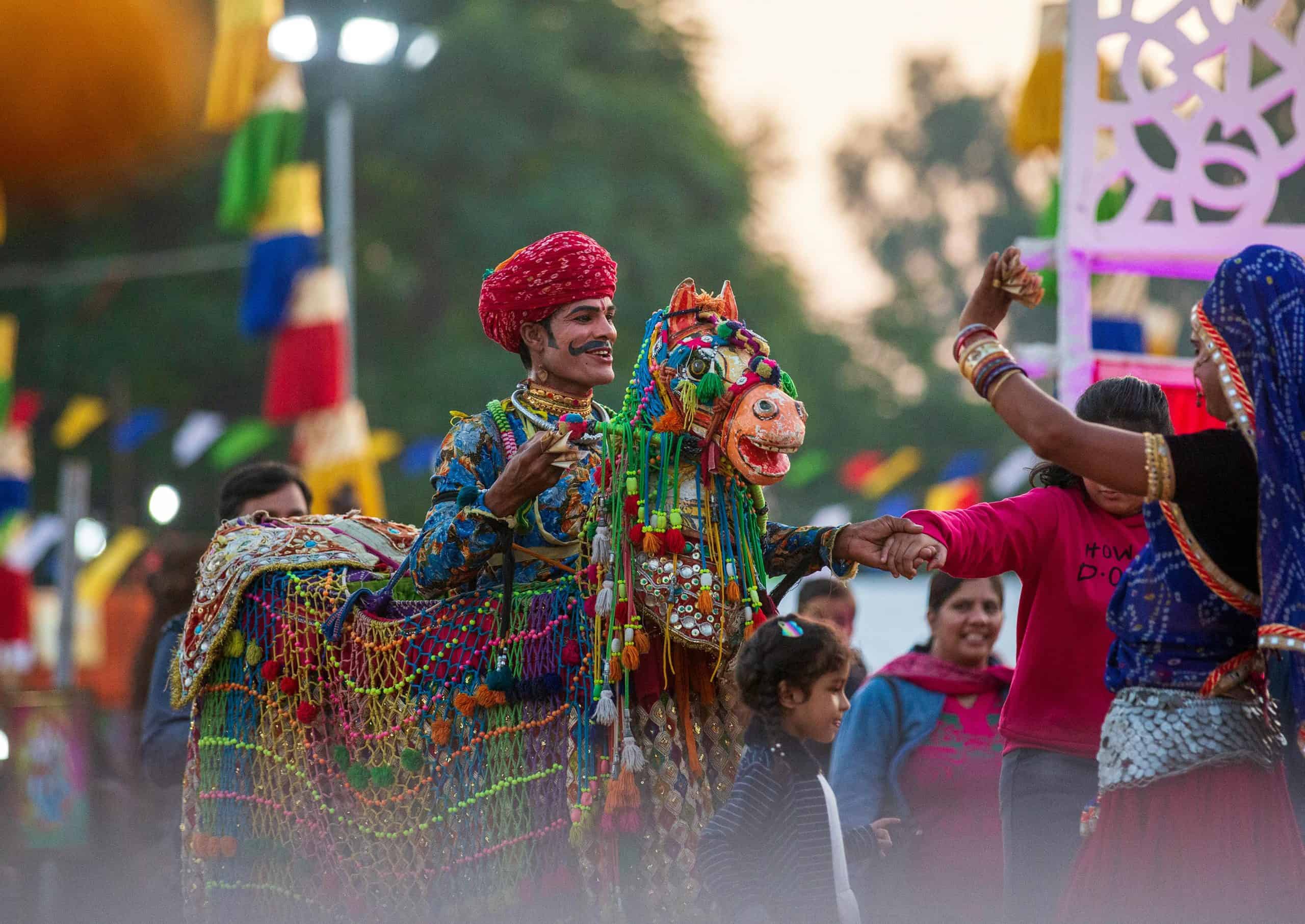
Experiential cultural travel transforms tourism from passive observation into active participation in India’s living artistic traditions. These immersive encounters forge connections that go far deeper than typical travel memories. They offer insight into how craft, cuisine, and creative expression shape community identity, sustain livelihoods, and adapt to contemporary realities.
By engaging thoughtfully with master artisans, contemporary creators, and cultural custodians, luxury travel to india becomes part of a preservation ecosystem that helps ensure traditional knowledge passes to future generations. The textiles printed, pottery painted, and dishes prepared under expert guidance become more than souvenirs; they stand as tangible evidence of artistic exchange and cultural dialogue. This is travel that honours heritage while supporting its evolution, delivering experiences rich in meaning, beauty, and authentic human connection.
Read more – Latest



